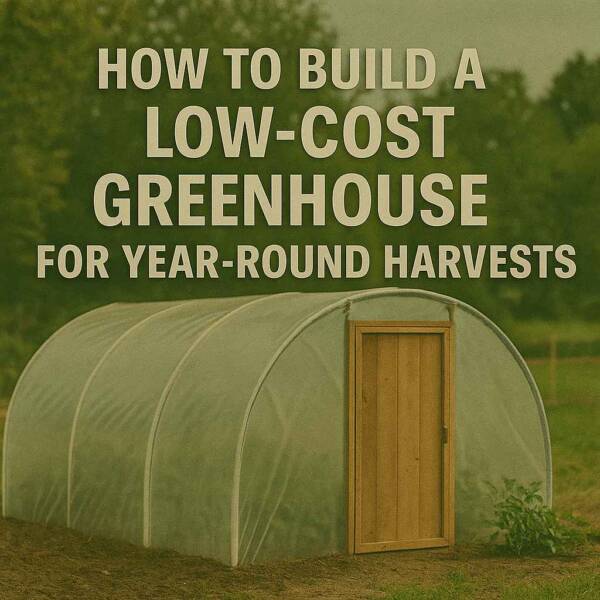How Agriculture and Forestry Drive Environmental Sustainability
How Agriculture and Forestry Drive Environmental Sustainability
Blog Article

While agriculture focuses on sustaining human needs, forestry involves managing and conserving forests.
As technology and sustainability become more prevalent, both agriculture and forestry are evolving to adapt to environmental changes.
Understanding Agriculture
It has been the cornerstone of human civilization for thousands of years.
Core practices in the industry:
- Growing plants for food and materials
- Animal husbandry
- Agroforestry
- Reducing chemical use and preserving soil
Modern agriculture aims to minimize environmental impact through innovation and technology.
The Importance of Forest Management
It includes activities such as timber production to maintain biodiversity and ecosystem health.
Main components of forestry include:
- Managing forest growth and health
- Forest conservation
- Logging for wood and paper products
- Urban forestry
Responsible forestry practices more information help maintain ecological balance.
How to Be Eco-Friendly in These Sectors
Adopting sustainable practices ensures that future needs are met.
Best practices include:
- Reducing soil disturbance
- Building resilient agricultural systems
- Selective logging
- Planting trees to restore forests
By embracing these practices, farmers and foresters can enhance productivity.
Obstacles These Industries Face
Despite their importance, both agriculture and forestry face ongoing problems related to economic pressures and environmental concerns.
Main challenges include:
- Soil degradation
- Droughts and irrigation challenges
- Impacting wildlife and carbon storage
- Market volatility and economic pressures
Addressing these challenges requires government support.
How Innovation Is Changing the Industry
Technology is revolutionizing both agriculture and forestry, making operations more sustainable.
Technological advancements include:
- Using GPS and data for targeted agriculture
- Monitoring crop health and forest cover
- Creating more resilient plant varieties
- Smarter resource allocation
Integrating technology ensures that both agriculture and forestry keep pace with global demands.
Conclusion
Agriculture and forestry remain fundamental.
By doing so, agriculture and forestry can continue to maintain biodiversity.
Report this page